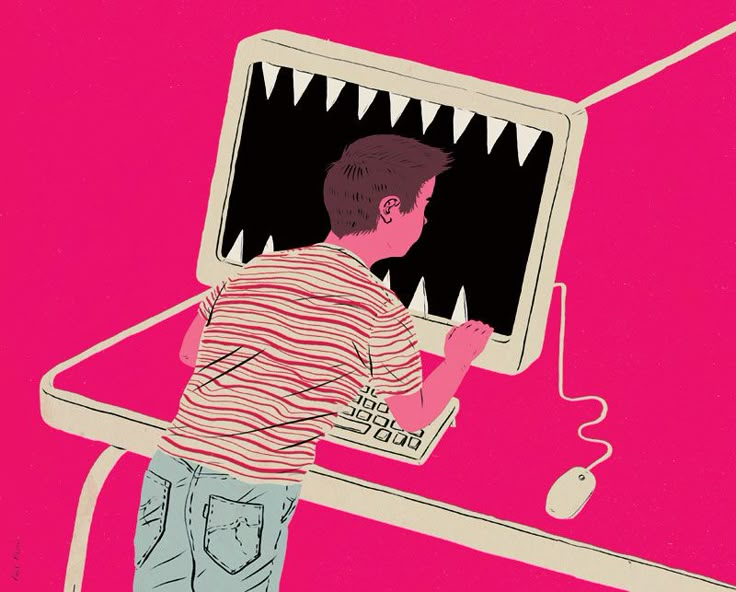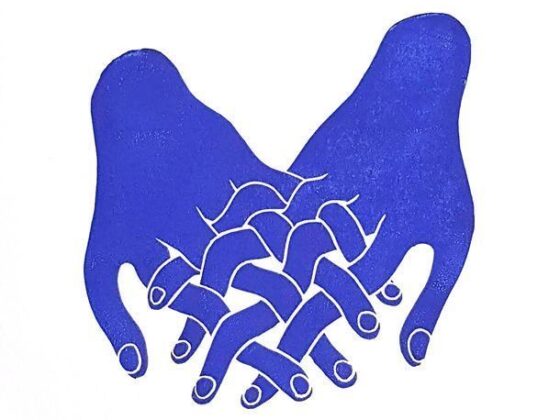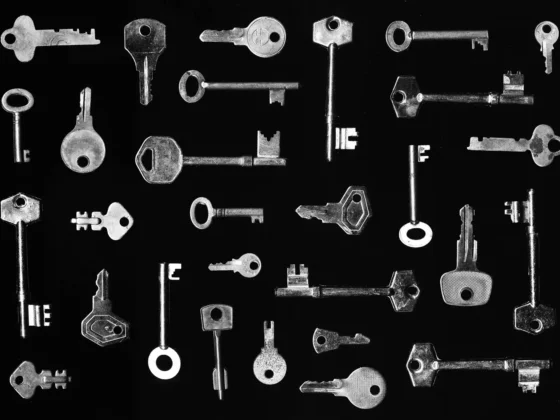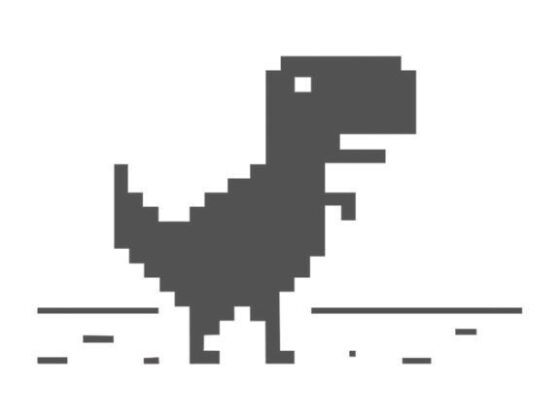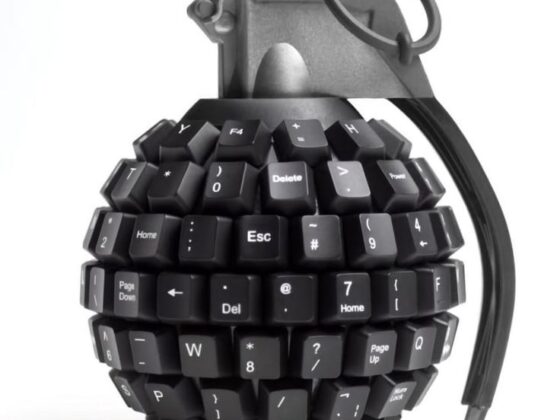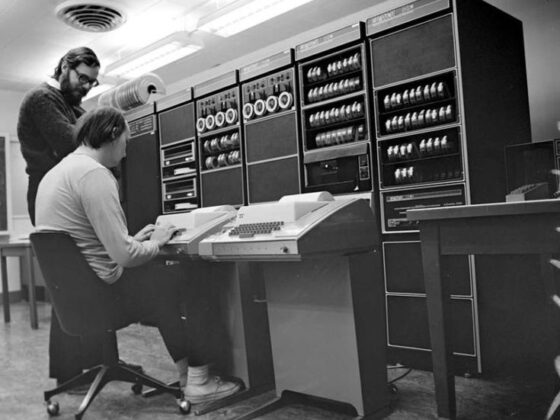When it comes to parenting in the digital age, many parents face a psychological trap: they equate monitoring their child’s online activity with overprotectiveness. This is a mistake—one driven by a cognitive bias I like to call the illusion of autonomy.
The Illusion of Autonomy: Why Kids Need Guardrails
Parents often assume that because their kids are digitally native, they are also digitally responsible. But being good at swiping a screen does not mean they understand the risks behind those swipes. In reality, children don’t have fully developed decision-making abilities, especially in the face of persuasive design, social pressures, and online manipulation.
Imagine giving a child a bicycle without training wheels and saying, “I trust you to figure it out”. You wouldn’t, because you know they need guidance, limits, and safety measures. The online world is no different—except the crashes can be far more consequential.
Monitoring Is Not Spying—It’s a Behavioral Nudge
In behavioral economics, we often talk about nudges—small interventions that help people make better decisions. Checking in on what your child is doing online is not surveillance; it’s a strategic nudge that shapes healthier habits. It reinforces awareness, responsibility, and digital literacy in a way that keeps them engaged but protected.
Final Thought: The Cost of Inaction
The reality is that not checking in is itself a decision—a passive one, but a decision nonetheless. And given what we know about the risks of the online world, choosing inaction is, in many ways, the riskier option.
So, next time you feel hesitant about looking over your child’s digital shoulder, ask yourself: Am I fostering independence—or am I assuming rational behavior where it doesn’t yet exist?
